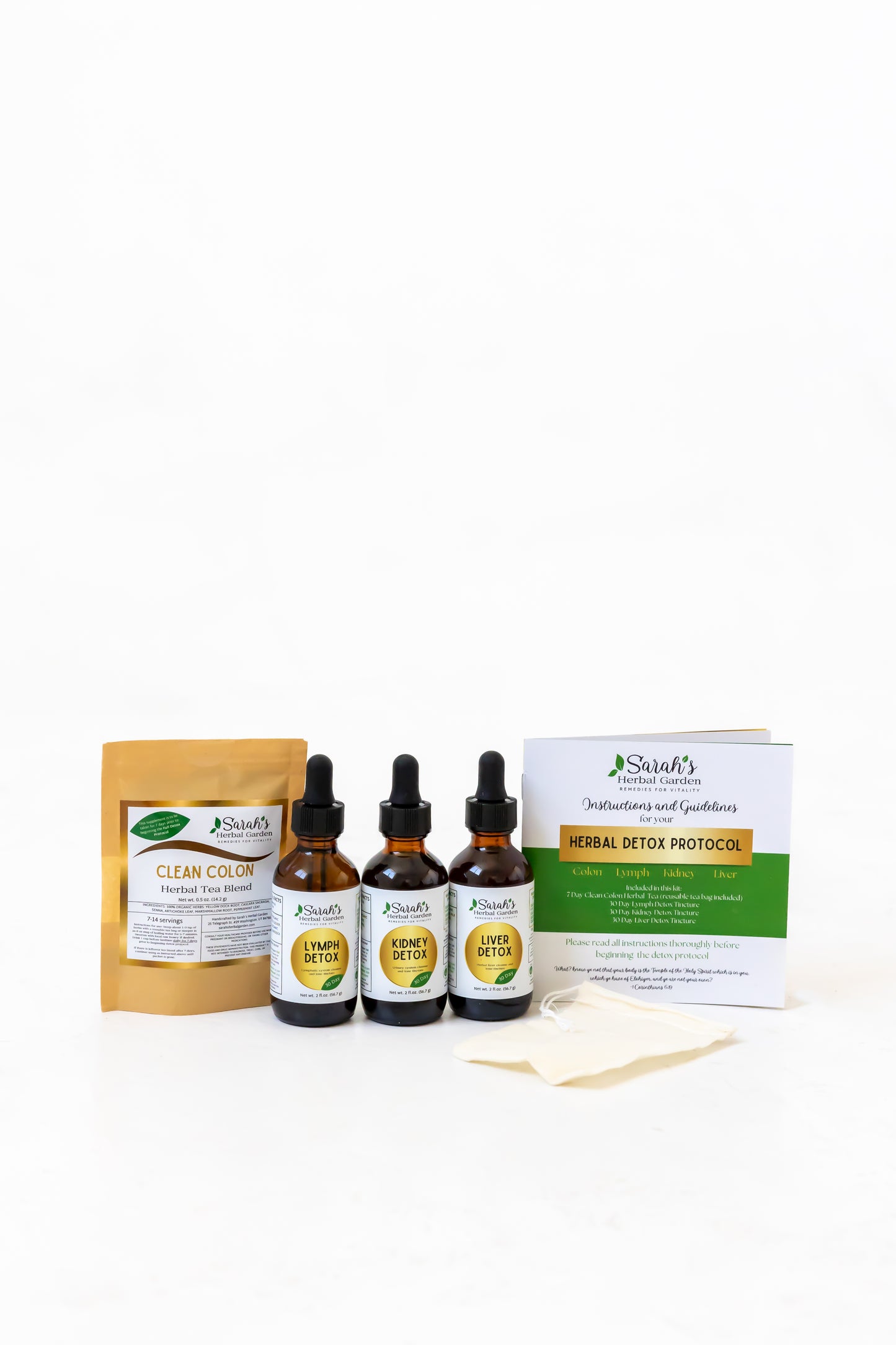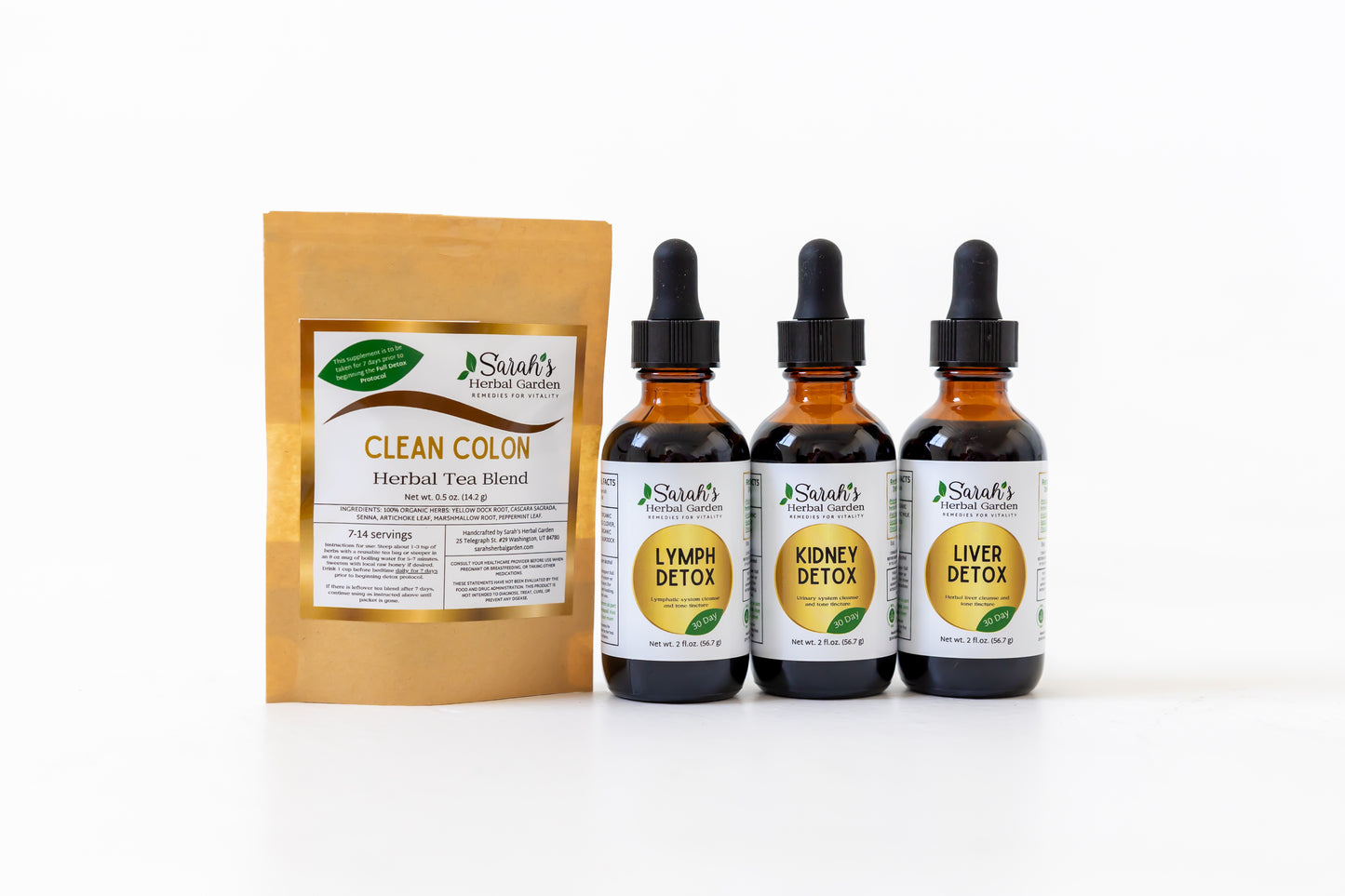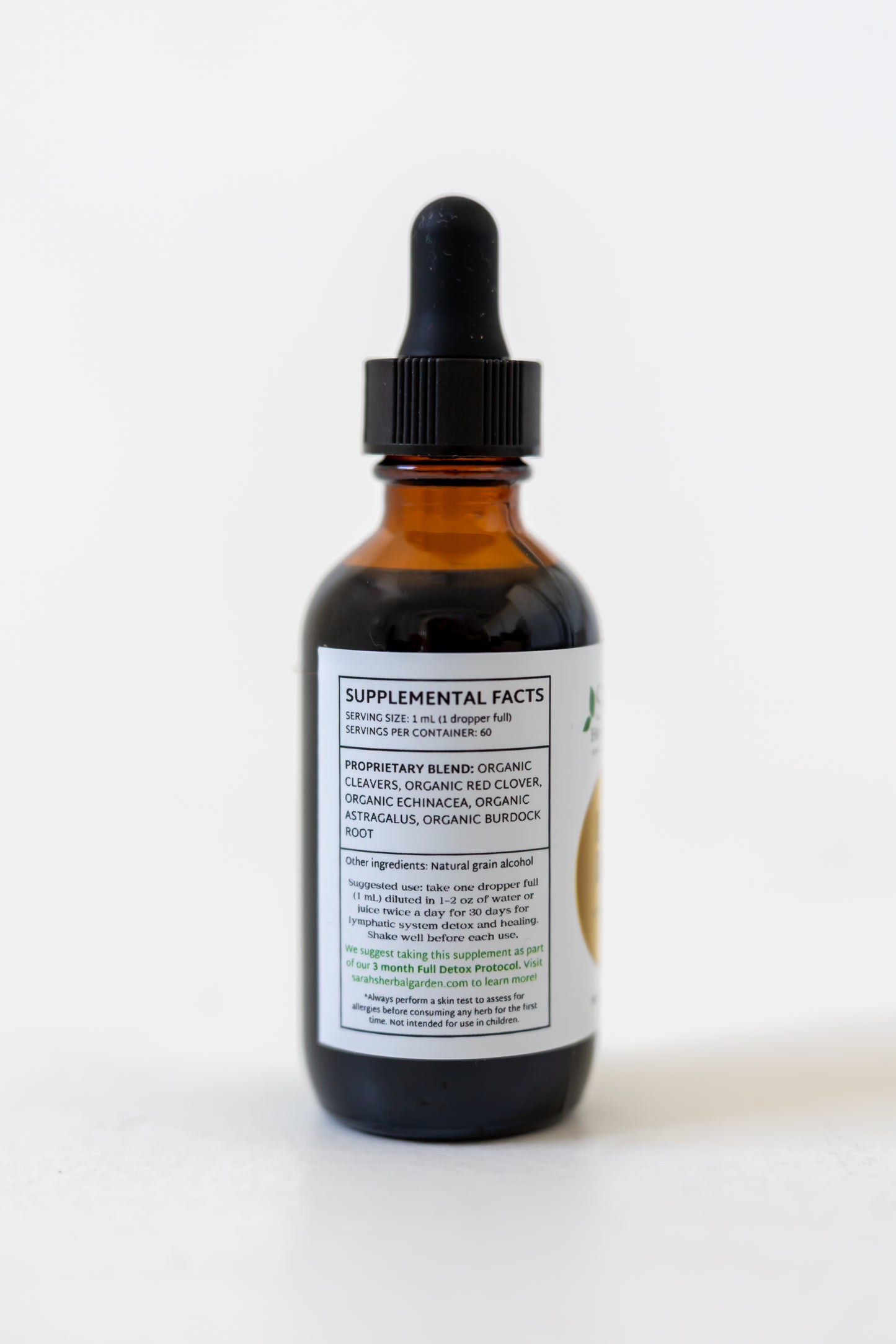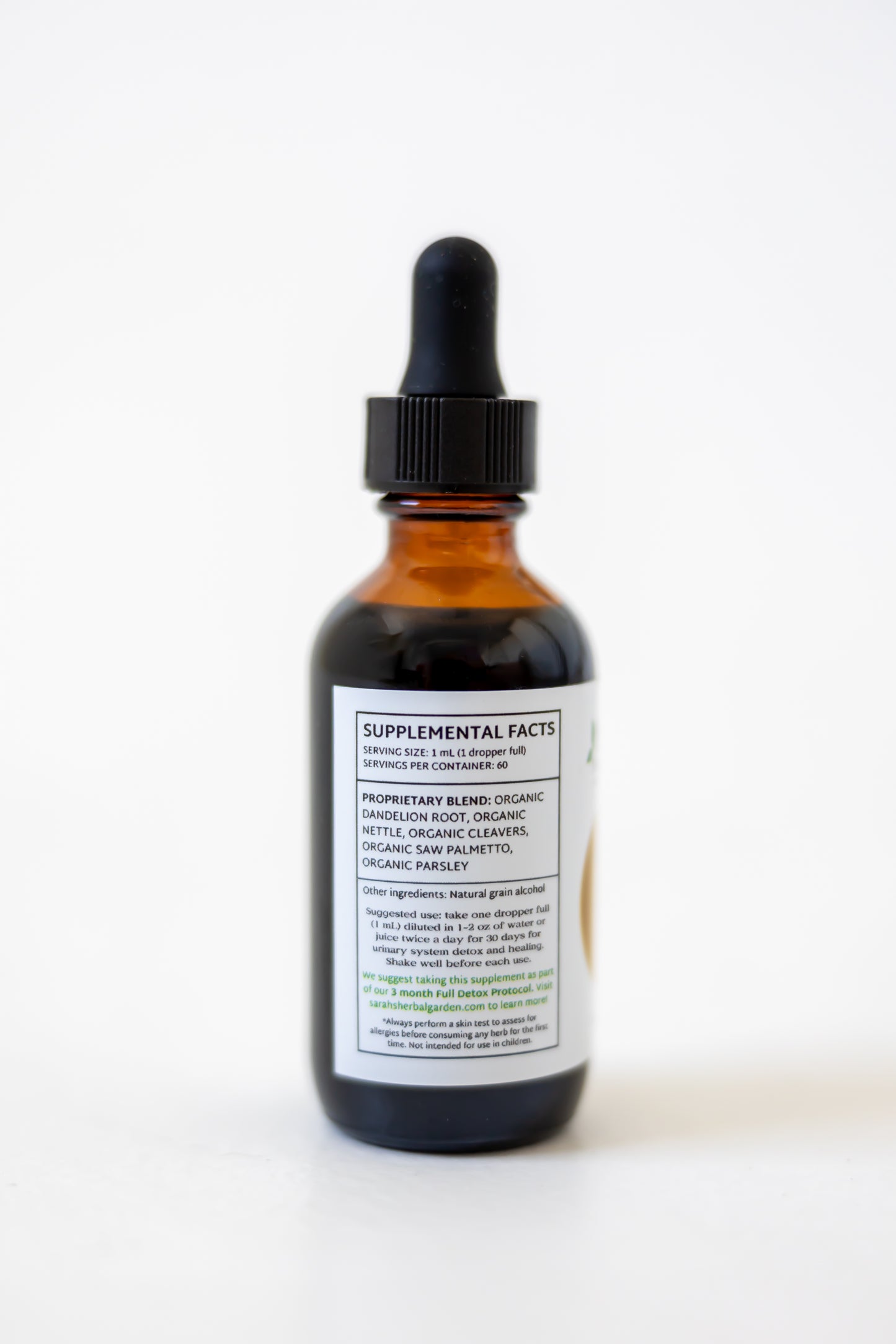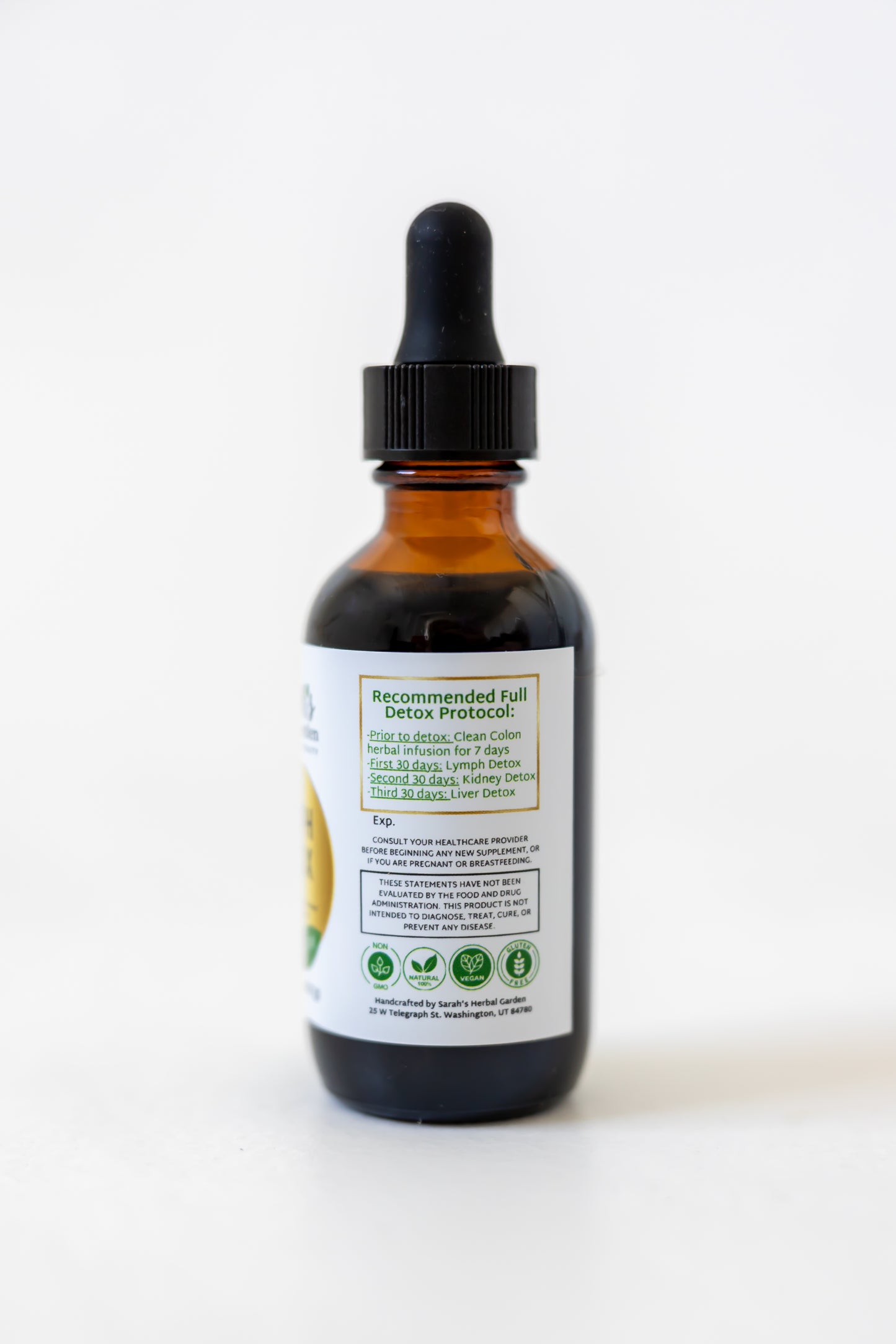
Red Clover
Scientific Name: Trifolium pratense
Herbal Profile of Red Clover (Trifolium pratense)
Botanical Name: Trifolium pratense
Family: Fabaceae (Pea family)
Common Names: Red Clover, Wild Clover, Cow Clover, Purple Clover, Trefoil
Plant Description:
Red clover is a short-lived perennial plant that grows 12–36 inches (30–90 cm) tall. It has trifoliate leaves (three leaflets), with the upper leaves marked by a white "V" pattern. The plant produces pink to purplish-red, globe-shaped flower heads. It thrives in meadows, pastures, and along roadsides, commonly found in temperate regions of Europe, Asia, and North America. Red clover has been cultivated for centuries as a forage crop and for its medicinal properties.
Parts Used:
- Primary Parts: Flowers (used for medicinal purposes)
- Secondary Parts: Leaves (occasionally used but less common)
Geographical Distribution:
Red clover is native to Europe, Western Asia, and Northwest Africa. It has been widely naturalized in North America and is commonly grown in temperate climates worldwide, often as a cover crop to enrich soil and as animal fodder.
Chemical Constituents:
Red clover contains a variety of bioactive compounds, including:
- Isoflavones: Genistein, daidzein, biochanin A, formononetin (these phytoestrogens mimic estrogen in the body and are responsible for many of its health benefits)
- Flavonoids: Kaempferol, quercetin (powerful antioxidants)
- Coumarins: Helps with blood thinning and circulatory support
- Saponins: Aid in detoxification and immune modulation
- Tannins: Astringent properties that help in tissue toning
- Vitamins and Minerals: Rich in calcium, magnesium, chromium, potassium, and vitamin C
The isoflavones, in particular, are key for red clover’s role in balancing hormones and providing menopausal support.
Therapeutic Uses and Benefits:
- Menopause Relief and Hormonal Balance:
Red clover is often used to relieve symptoms of menopause, such as hot flashes, night sweats, and mood swings. The plant's isoflavones (phytoestrogens) mimic the effects of estrogen in the body, making it a popular natural remedy for women with declining estrogen levels during menopause. It can help support bone health and alleviate discomforts associated with hormonal imbalances. - Cardiovascular Health:
Red clover has heart-protective benefits due to its ability to improve circulation and reduce cholesterol levels. The isoflavones in red clover may help to increase HDL ("good") cholesterol while lowering LDL ("bad") cholesterol, supporting overall heart health. It may also have mild blood-thinning properties, which can help prevent the formation of blood clots. - Osteoporosis Prevention:
The isoflavones in red clover mimic estrogen, which plays a crucial role in maintaining bone density. This makes red clover a useful herb for reducing the risk of osteoporosis in postmenopausal women by helping to preserve bone mass and strength. - Skin Health and Detoxification:
Red clover is used for treating skin conditions such as eczema, psoriasis, and rashes due to its blood-purifying and anti-inflammatory properties. It is often included in skin care formulas and can help detoxify the liver and kidneys, contributing to clearer skin. - Respiratory Health:
Traditionally, red clover has been used to relieve respiratory conditions like asthma, bronchitis, and whooping cough. Its expectorant properties help loosen mucus and relieve congestion in the lungs. - Cancer Prevention:
Some studies suggest that the isoflavones in red clover may have anti-cancer properties, particularly for cancers sensitive to hormones, such as breast and prostate cancer. However, this effect is still being researched, and individuals with hormone-sensitive cancers should consult a healthcare provider before using red clover. - Anti-inflammatory and Antioxidant Effects:
Red clover’s flavonoids and isoflavones have antioxidant and anti-inflammatory effects, helping to reduce oxidative stress and chronic inflammation, which are linked to aging and various diseases. - Blood Purification (Alterative):
Red clover is considered an alterative herb, which means it helps purify the blood by promoting the elimination of toxins through the liver, kidneys, and skin. This makes it beneficial for overall detoxification and improving skin health.
Preparation and Dosage:
Traditional Preparation:
Red clover flowers can be dried and used to make teas, infusions, or tinctures. It can also be added to herbal blends or used topically in salves and creams for skin conditions.
Supplement Forms:
- Dried Flowers: Used for making teas and infusions.
- Tinctures: Alcohol-based extracts of red clover flowers.
- Capsules/Tablets: Standardized extracts for internal use.
- Liquid Extracts: Concentrated red clover extracts for easy dosing.
Dosage:
- Tea/Infusion: Steep 1–2 teaspoons of dried red clover flowers in 1 cup of boiling water for 10–15 minutes. Drink 1–3 cups per day.
- Tincture: 2–4 ml of red clover tincture (in a 1:5 ratio) can be taken up to three times daily.
- Capsules: 40–80 mg of standardized red clover isoflavones, taken 1–2 times daily.
Red clover supplements are commonly standardized to contain 8–40 mg of isoflavones per capsule. The appropriate dosage depends on the form and intended use, so it’s important to follow product guidelines or consult a healthcare provider.
Potential Side Effects:
- Hormonal Effects:
Due to its phytoestrogen content, red clover may not be suitable for individuals with hormone-sensitive conditions, such as breast or ovarian cancer, endometriosis, or uterine fibroids. These phytoestrogens can mimic estrogen in the body, which might affect hormonal balance. - Blood Thinning:
Red clover has mild blood-thinning effects and may interfere with blood-thinning medications (anticoagulants), increasing the risk of bleeding. It should be used with caution in people taking blood thinners, such as warfarin, or those with clotting disorders. - Digestive Discomfort:
Some individuals may experience mild digestive issues, such as nausea or bloating, when taking red clover supplements, especially in high doses. - Allergic Reactions:
People with sensitivities to plants in the Fabaceae family (such as peas or peanuts) may experience allergic reactions to red clover.
Contraindications and Interactions:
- Pregnancy and Breastfeeding:
Due to its estrogenic effects, red clover is generally not recommended during pregnancy or breastfeeding. Phytoestrogens may interfere with hormonal balance, potentially affecting fetal development or breast milk production. - Hormone-Sensitive Conditions:
Individuals with hormone-sensitive conditions, including certain cancers (breast, ovarian, uterine), endometriosis, or uterine fibroids, should consult a healthcare provider before using red clover due to its estrogen-like effects. - Medications:
Red clover may interact with anticoagulant drugs (such as warfarin), hormone replacement therapy, or oral contraceptives. It’s important to consult a healthcare provider before combining red clover with prescription medications.
Traditional and Cultural Uses:
Red clover has been used for centuries in traditional medicine across Europe, Asia, and North America. Native American tribes used it to treat coughs, colds, and skin conditions. In European folk medicine, red clover was regarded as a blood purifier and was used to treat a wide range of ailments, from respiratory issues to skin disorders. The plant was also used to promote fertility and support women’s reproductive health.
Red clover has long been considered a symbol of good luck and protection, and in some cultures, it was believed to ward off evil spirits. It was often grown in fields to enrich the soil and was used as fodder for livestock.
Sustainability and Ethical Considerations:
Red clover is not currently at risk of overharvesting and is widely cultivated for both medicinal and agricultural purposes. It is commonly used as a cover crop to improve soil health due to its nitrogen-fixing properties. When sourcing red clover products, it is best to choose organic and sustainably harvested products to ensure the health of the environment and the integrity of the herb.
Summary:
Red clover is a versatile herb with a long history of use for supporting hormonal balance, particularly in menopausal women, as well as for improving cardiovascular health, skin health, and respiratory function. Its isoflavones make it a valuable natural remedy for managing menopause symptoms, while its blood-purifying and anti-inflammatory properties provide additional health benefits. While generally safe, red clover’s phytoestrogen content requires caution in individuals with hormone-sensitive conditions or those taking blood thinners.
Sarah's Herbal Garden
Lymph Detox Tincture
Share

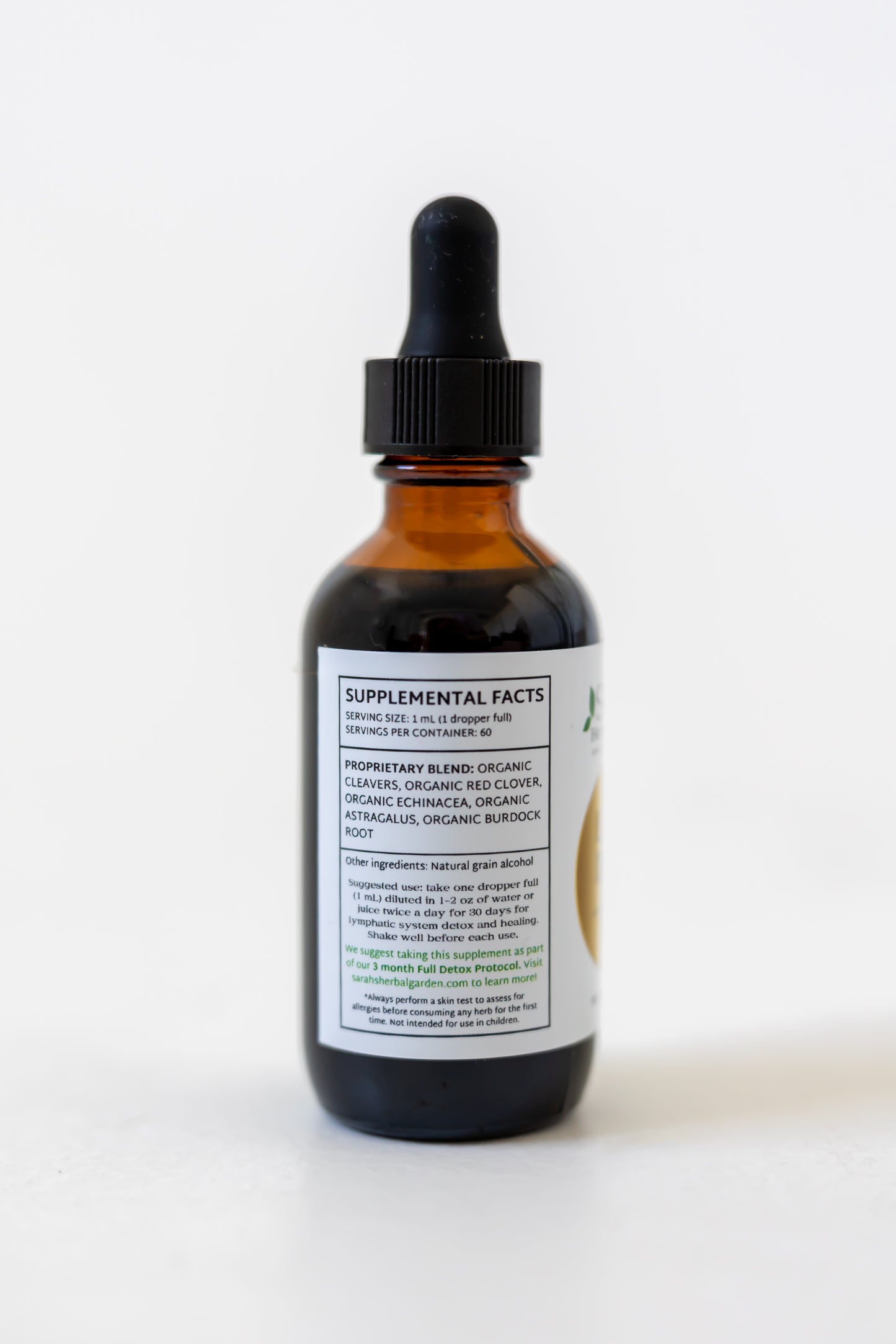

Sarah's Herbal Garden
Colon, Lymph, Kidney, and Liver Detox
Share
